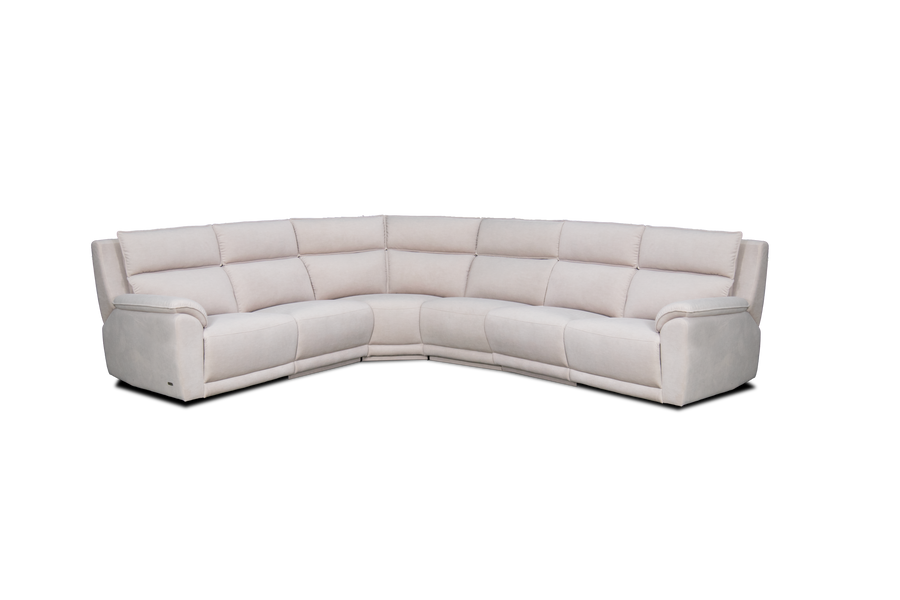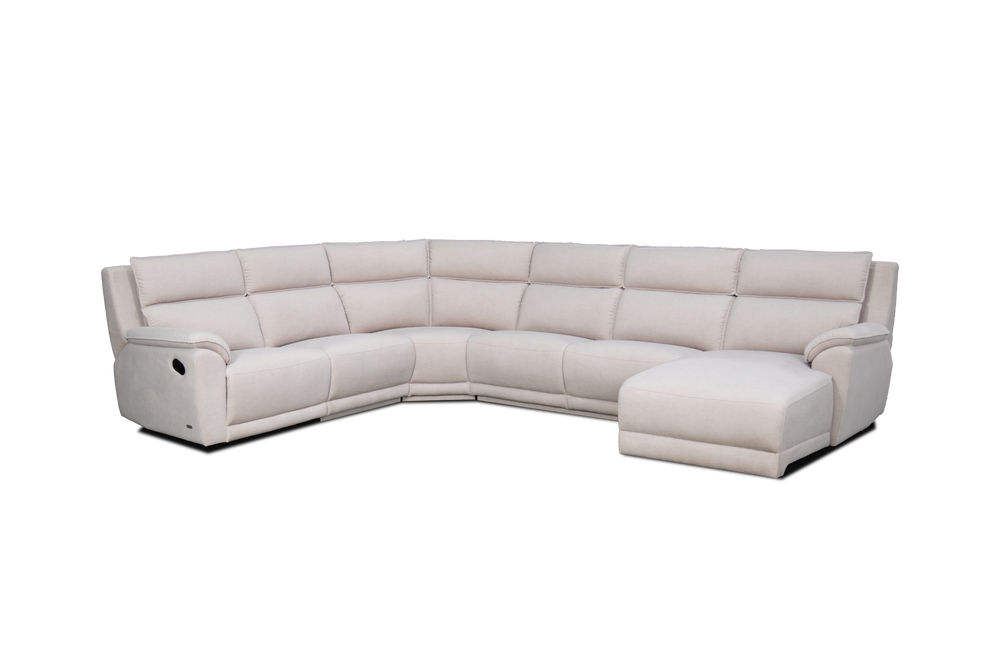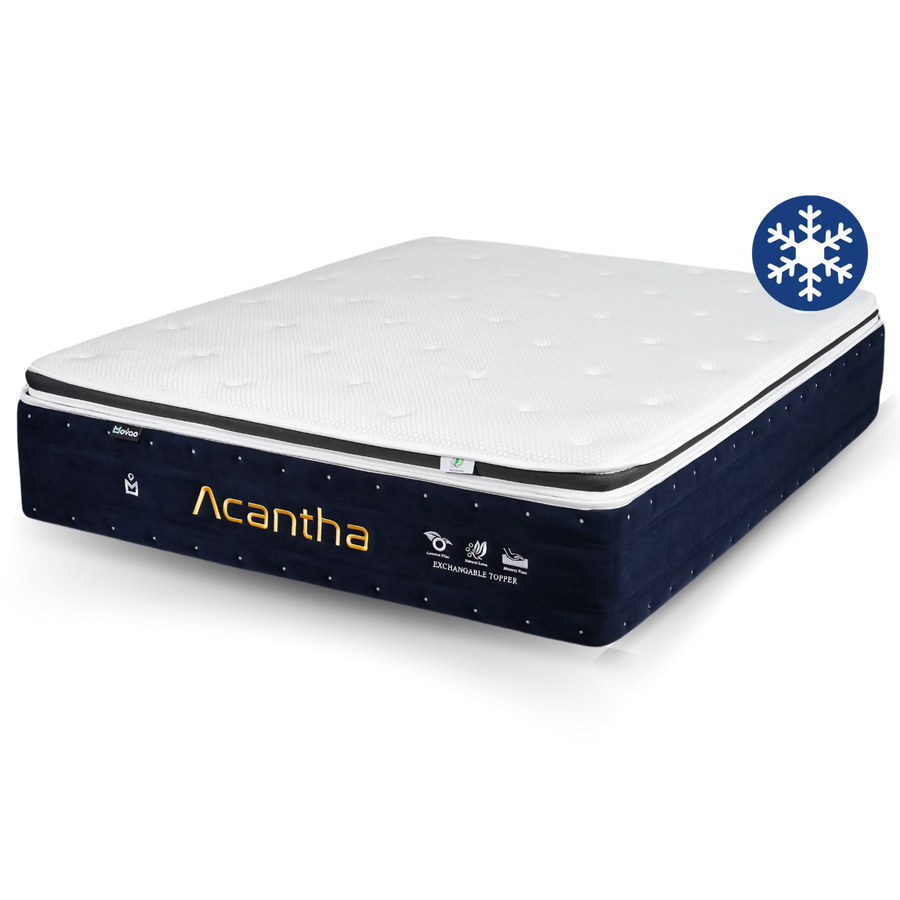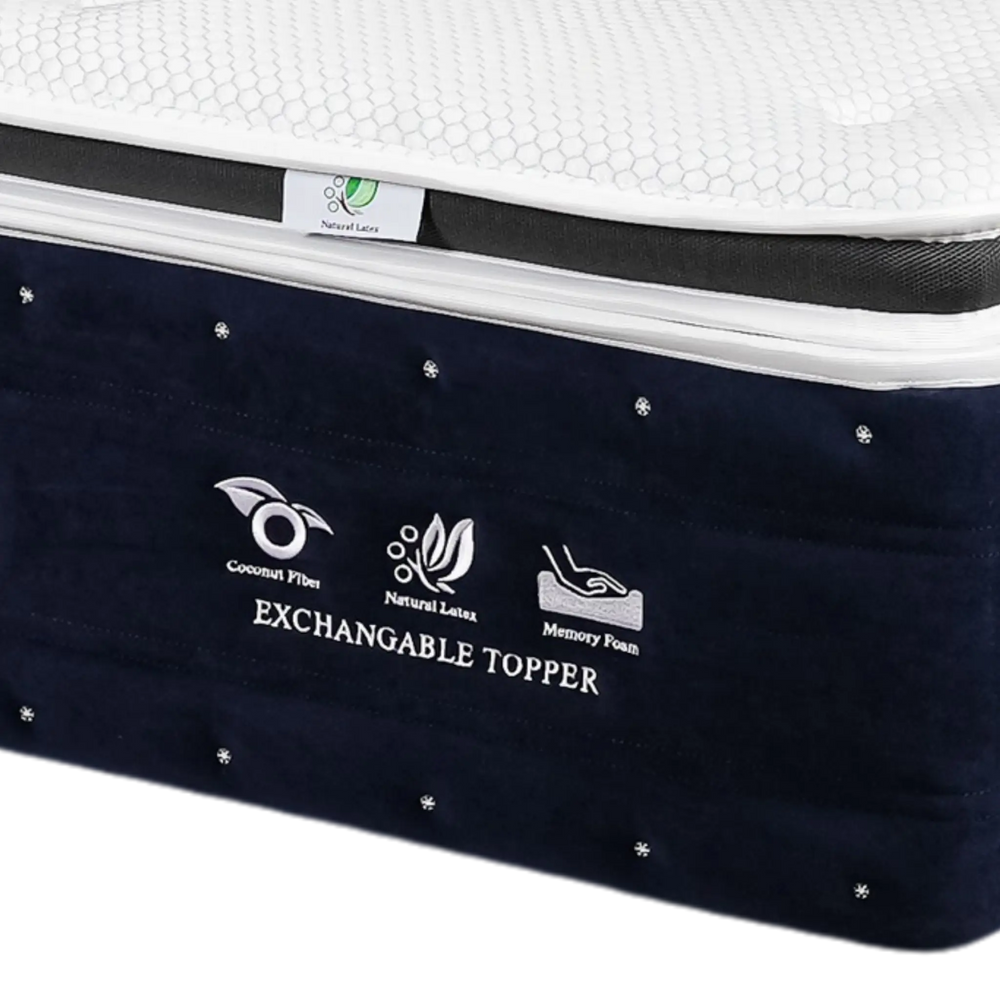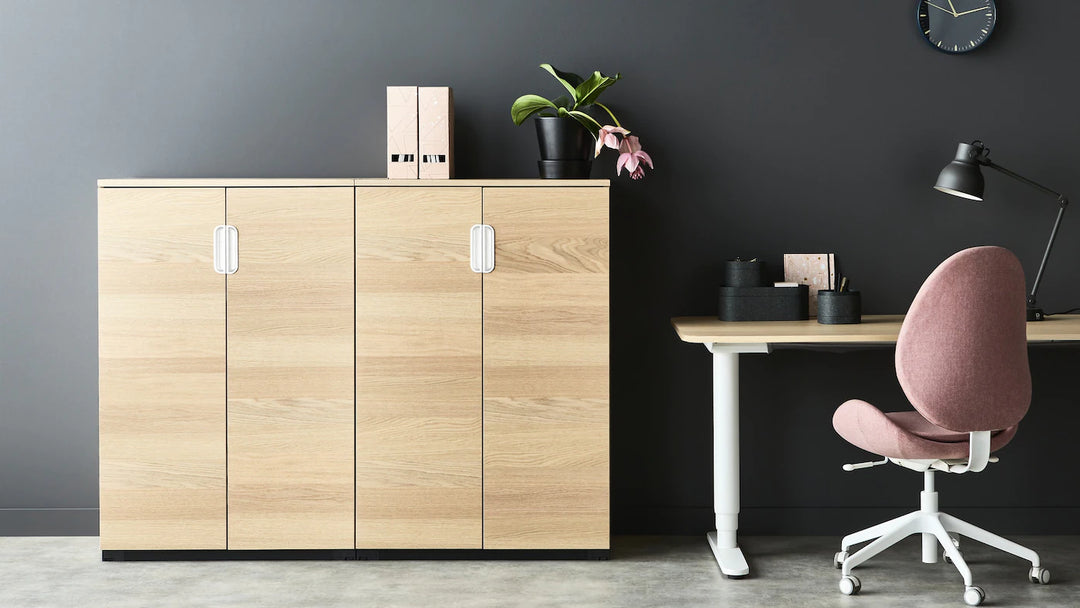General Product Care Guide
General Tips / Common Practice
- When moving furniture, always lift up the unit as opposed to dragging or pushing. Assistance is required to move the furniture to prevent any injury/damage to the furniture, as it can be heavy.
- Avoid changes in humidity. Real wood veneers are extremely susceptible to humidity changes.
- Do not sit on the desk extensions, these units are designed only for the weight of modern-day computer hardware.
- Avoid overloading cupboard shelves and glass shelves with heavy items.
- Uneven floors can cause the cabinet doors to be out of alignment. Doors can be recompensed if necessary by adjusting the hinges.
- Protect natural veneered products from prolonged exposure to sunlight.
- As with all furniture, never place furniture directly up against radiators or heaters.
Finishes Care
Melamine Faced Chipboard (MFC)
- All MFC surface product can be easily cleaned with a damp cloth and a mild soap or detergent if necessary and buffed dry with a clean cloth.
- Never use abrasive powders or scouring pads to clean stubborn marks. In extreme circumstances a mild alcohol product may be used, however, this must be followed by a damp cloth soaked in water ensuring no alcohol residue is present afterward.
Wood Veneers
- Wood is a naturally occurring product; part of its unique character and beauty is that no two pieces can be the same. The depth and shade of colors and grain pattern vary from item to item.
- All our Real Wood Veneered products are furnished in the manufacturing process. This strong clear lacquer/wax is designed to protect the wood veneer surface from marks and day-to-day wear and tear, as well as making cleaning as easy as possible.
- Day to day care of your product can be achieved from gently dusting the furniture and polish with a soft, lint-free buffing cloth.
- In extreme cases, products can be easily cleaned with a damp cloth and a mild soap or detergent but must be followed by a thorough drying of the unit, again with a lint-free buffing cloth.
- Never use silicon or wax polishes that leave surfaces residue.
- Never use abrasive powders or scouring pads to clean stubborn marks. In extreme circumstances a mild alcohol product may be used with extra care, however, this must be followed by a damp cloth soaked in water ensuring no alcohol residue is present afterward. This process must be followed by a thorough drying of the unit with a lint-free buffing cloth.
Metal Components on Furniture
- In most cases, our furniture is designed with a certain element of mild steel, metal, and aluminum. This area of our furniture is protected and painted with a baked-on paint process. All these surface are resistant to dirt as well as liquids. However, liquids can discolor and stain the paint if left untreated as well as cause damages to chromium plated and lacquered metal steel surfaces.
- We recommend cleaning with a damp cloth and washing-up liquid, followed by a clean damp cloth, ultimately ensuring the metalwork is dry afterward by buffing with a dry cloth.
- In extreme cases, a thorough cleaning may be required. We advise cleaning using methylated spirits and again followed by a clean damp cloth, ultimately ensuring the metalwork is dry afterward by buffing with a dry cloth.
Glass & Acrylic Care
Glass Products
- All our glasses should be cleaned by hand wash.
- We recommend that a mild detergent is used, will a small amount of hot water, together with a soft cloth or sponge and that the items are dried immediately. This will ensure that no “smears” occur.
Acrylic Screens
- Wash acrylic screen with a solution of mild soap or detergent with lukewarm water. Use a clean soft cloth, applying only light pressure. Rinse with clean water and dry by blotting with a damp cloth or chamois.
- Grease and oil may be removed with a mild alcohol-based cleaning solution. Test on a small area first.
Cautions:
- DO NOT USE window cleaning spray, scouring compounds or solvents such as acetone, or lacquer thinner. These can scratch the sheet’s surface and/or weaken the sheet causing small surface cracks called “crazing.”
- Dust with a soft, damp cloth or chamois. Dry or gritty cloths may cause surface scratches and create a static electric charge on the surface.
- Protect acrylic screens and maintain its surface by occasional polishing with a good plastic cleaner and polish. Apply a thin, even coat with a soft clean cloth and polish lightly with cotton flannel. Then wipe with a damp cloth to help eliminate electrostatic charges that can attract dust particles.
- A static electrical charge can develop on acrylic screens cleaning.
- Several anti-static cleaners for plastics are also available which will reduce static electricity and dust attraction. Wiping with a soft damp cloth or chamois is all that is necessary to keep the screens dust-free between applications of these cleaners.
- Fine scratches can be removed by hand polishing. Apply a plastic scratch remover to a soft flannel pad and rub. When the scratches have disappeared, remove all residue and polish.
Seating Care
Fabric
- Upholstered furniture gets dusty and dirty and should be viewed in a similar way to clothing, i.e it needs regular cleaning.
- If snags appear, carefully cut off the loose ends with scissors or tuck back in. Never pull them under any circumstances.
- Upholstery can be lightly vacuumed or gently brushed to remove dirt and dust.
- Do not use detergents.
- Do not try and wash minor spills. If you spill something on the upholstery, simply act quickly and mop up excess liquid with a clean white cloth.
- Secondly, use a specialist fabric cleaning product – use in accordance with the manufacturer’s cleaning instructions.
- Clean your upholstery at least once a year and before soiling becomes ingrained.
Leather
- Leather need very little special care, but to get the most out of your investment, you should follow the guidelines below.
- Irregularities in the grain, small scars and insect bites and other natural skin marks should not be considered as defects. Only real leather has these characteristics. It is perfectly normal for certain areas of the leather to show signs of creasing and stretching.
- “Hide foods” will aid with the suppleness of your leather product.
- Always protect the product from direct sunlight, as this will otherwise accelerate the natural ongoing discoloration process.
- Dust should be removed by vacuuming and wiping with a slightly damp cloth, using a solution of warm water and mild soap.
- Never place leather chairs and sofa’s against any heating source, i.e a radiator or heater.
Chrome & Metal Parts
- Chromium plated areas of seating and sofa’s can be cleaned with a cloth moistened with methylated spirits.
- Use with Caution! – Provide ventilation.
- Lacquered metal can be cleaned in the same manner as lacquered wood veneered surfaces.
- Painted aluminum chair bases can be cleaned with a soft damp cloth and a mild detergent followed by a clean damp cloth, ultimately ensuring the metalwork is dry afterward by buffing with a dry cloth.
- In extreme cases, a thorough cleaning may be required. We advise using methylated spirits followed by a clean damp cloth, ultimately ensuring the metalwork is dry afterward by buffing with a dry cloth.
- Avoid contact with boiling water, high heat, flame such as cigarettes, and abrasives.
- Wash in warm soapy water and apply pressure where necessary, drying afterward with a clean cloth.
- Never use scouring powder to clean the product – this will damage the surface area pattern and also leave a white residue.
Disclaimer:
Cleaning methods and guidelines that are suggested by the chemical and detergent manufacturer are mean for reference and guide only, LianStar will not be liable in the event of failure of any of these methods.
